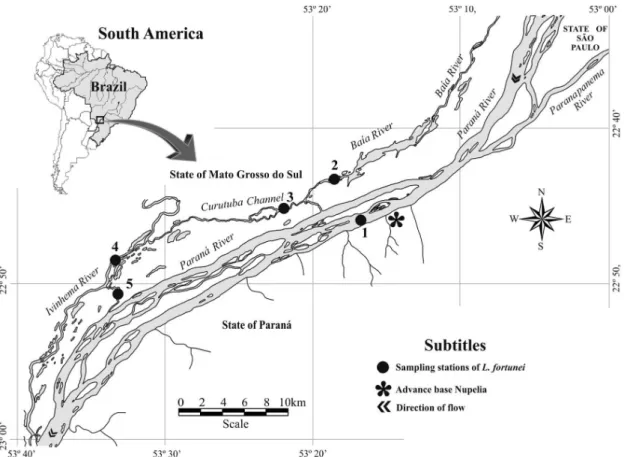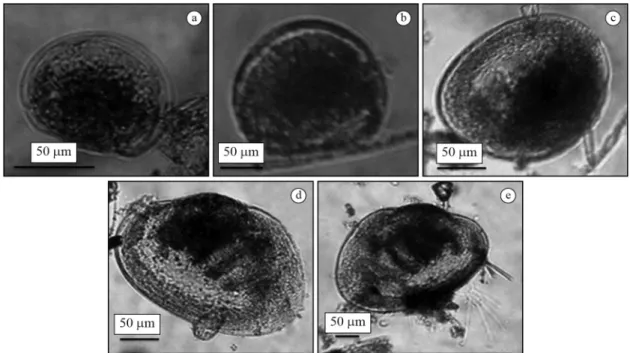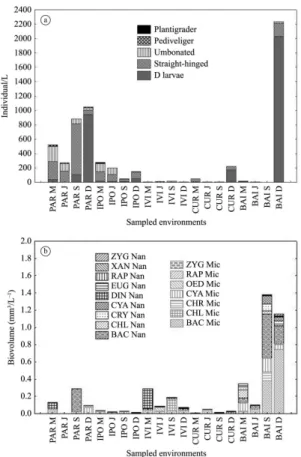Limnoperna fortunei Dunker, 1857 larvae in different environments of a Neotropical floodplain: relationships of abiotic variables and phytoplankton with different stages of development
Texto
Imagem



Documentos relacionados
The results of the survey indicated 938 species of algae occurring in the upper Paraná river floodplain, of which 103 co-occur in both periphytic and planktonic
platymetopon captured at different sites of the Upper Paraná River floodplain, and potential relationships between the content and various environmental variables (water
Moenkhausia bonita from the upper Paraná River floodplain with different developmental levels of the lateral line, as well as samples from the Baía Bonita, Mato Grosso do Sul State,
Paraná: in Ivinhema and Baía rivers (Behrend et al. 2009); Paraná River, between the states of Mato Grosso do Sul and Paraná (Ragonha et al. 2013); in different floodplain
Several environments (river channels, secondary channels and connected and disconnected floodplain lakes) distributed in three subsystems (Baía, Ivinheima and Paraná
The riparian vegetation of the Paraná River and the asso- ciated floodplain was sampled, including the Baía, Curupaí, Guiraí, Ivinhema, and Victório Rivers, the
Most frequent species found in all sampling sites (A) and in the different types of habitats sampled, including the main channel of the Upper Paraná River (B), the
Sendo assim, salienta Palo (2005), os principais destinatários prati- camente não têm “voz”, diante dos textos que lhes são designados. Nisso consiste a assimétrica relação